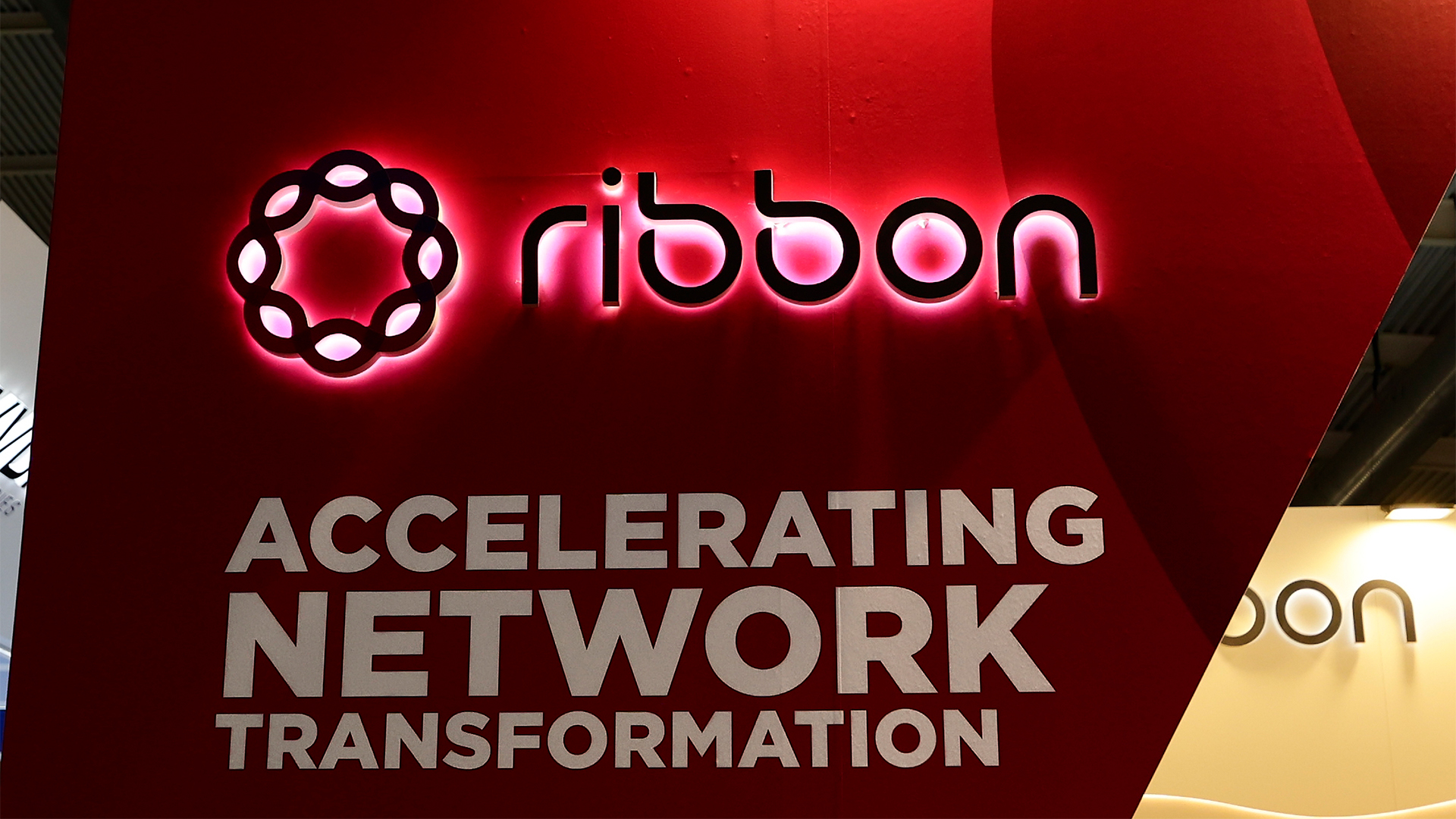IBM System x3850 X5 review
The latest System x3850 X5 offers an expansion potential that defies belief. In this exclusive review we bring you the first look at IBM’s new Xeon 7500 rack server.
The System x3850 X5 costs significantly more than a similarly specified Dell PowerEdge R910 but is its equal for features and beats it hands down for expansion potential. The ability to expand memory beyond 1TB and to link two servers together and present them as a single node makes it quite unique although note that IBM’s FlexNode feature is not currently available.

The IMM allows you to monitor critical components, remotely control power and run unattended firmware upgrades. You also get full KVM-over-IP remote control, virtual boot media and an OS failure blue screen capture function.
IBM's Systems Director handles general systems management and is accessed via a tidy web interface packed with plenty of wizards. You can run network discoveries, collect and store hardware and software inventories and use its problem alerting system.
The results of the network discoveries are viewed from the Systems Director home page and options are provided for deploying agents to IBM and non-IBM systems. These allow you to collect inventory data, execute tasks such as file transfers and run remote control sessions using RDP or RealVNC.
All power management features are handled by the Active Energy Manager plug-in. This interacts with the server's IMM and provides power capping functions along with trend graphs of power consumption and system temperatures over time.
The x3850 X5 is an impressive rack server offering a lot of classy features in a compact chassis. IBM's unique expansion options are not all available yet but, even without FlexNode support, the x3850 X5 still offers an unprecedented potential that is unmatched by any other Xeon 7500 server currently available.
Verdict
The System x3850 X5 costs significantly more than a similarly specified Dell PowerEdge R910 but is its equal for features and beats it hands down for expansion potential. The ability to expand memory beyond 1TB and to link two servers together and present them as a single node makes it quite unique although note that IBM’s FlexNode feature is not currently available.
Chassis: 4U rack CPU: 4 x 2GHz X7550 Xeon (with 2 x QPI wrap cards) Memory: 64GB 1066MHz DDR3 RDIMM Storage: 4 x 73GB IBM SFF SAS 6Gb/sec hard disks in hot-swap carriers RAID: IBM ServeRAID M5015 with 512MB cache and BBU Array support: RAID0, 1, 5, 10, 50 (6 and 60 optional) Expansion: 7 x PCI-e 2.0 slots Network: 2 x Gigabit, Emulex dual 10GbE PCI-e adapter Power: 2 x 1975W hot-plug supplies Management: IBM IMM Software: IBM ServerGuide 8.3 and System Director 6.1.2
Sign up today and you will receive a free copy of our Future Focus 2025 report - the leading guidance on AI, cybersecurity and other IT challenges as per 700+ senior executives
Dave is an IT consultant and freelance journalist specialising in hands-on reviews of computer networking products covering all market sectors from small businesses to enterprises. Founder of Binary Testing Ltd – the UK’s premier independent network testing laboratory - Dave has over 45 years of experience in the IT industry.
Dave has produced many thousands of in-depth business networking product reviews from his lab which have been reproduced globally. Writing for ITPro and its sister title, PC Pro, he covers all areas of business IT infrastructure, including servers, storage, network security, data protection, cloud, infrastructure and services.
-
 CISA just published crucial new guidance on keeping Microsoft Exchange servers secure
CISA just published crucial new guidance on keeping Microsoft Exchange servers secureNews With a spate of attacks against Microsoft Exchange in recent years, CISA and the NSA have published crucial new guidance for organizations to shore up defenses.
By Emma Woollacott Published
-
 US telco confirms hackers breached systems in stealthy state-backed cyber campaign – and remained undetected for nearly a year
US telco confirms hackers breached systems in stealthy state-backed cyber campaign – and remained undetected for nearly a yearNews The hackers remained undetected in the Ribbon Communications’ systems for months
By Emma Woollacott Published
-
 Heavy workloads and botched digital initiatives are causing ‘transformation fatigue’ – and enterprises risk losing top talent if they don’t change their ways
Heavy workloads and botched digital initiatives are causing ‘transformation fatigue’ – and enterprises risk losing top talent if they don’t change their waysNews Digital transformation “fatigue” is becoming a real problem as enterprises look to modernize at rapid pace
By Ross Kelly Published
